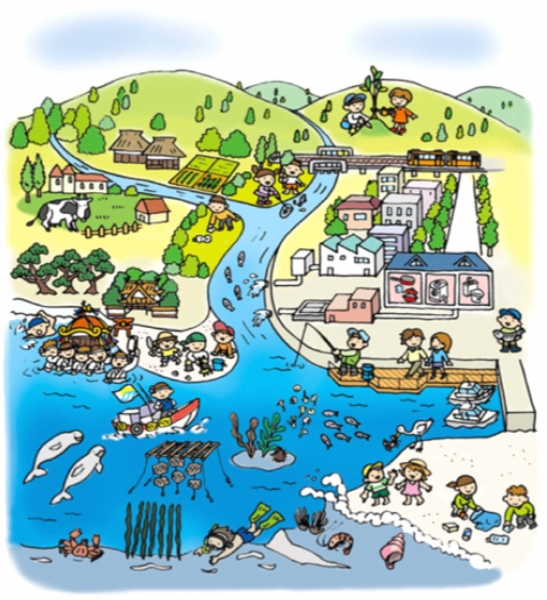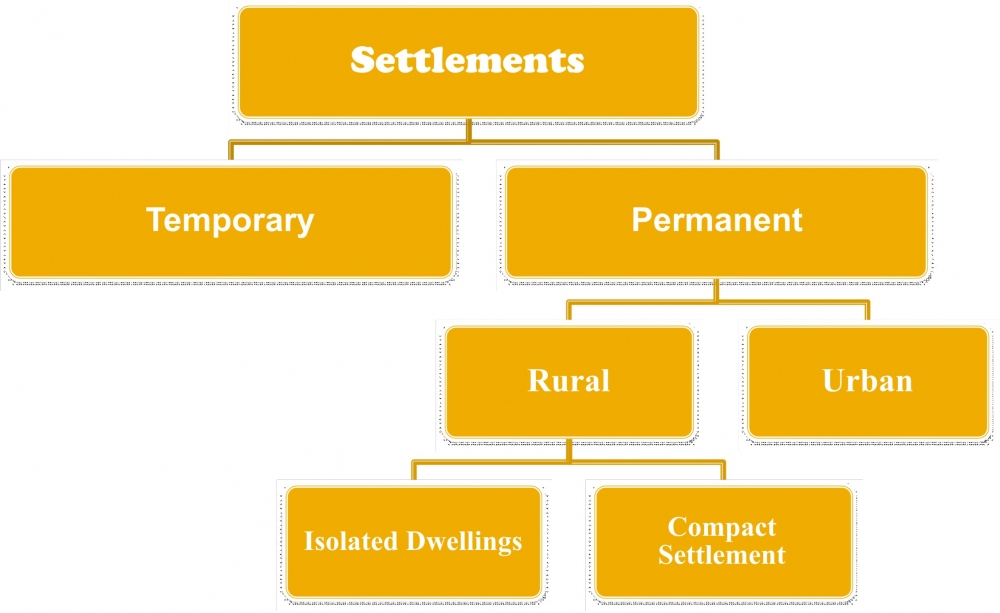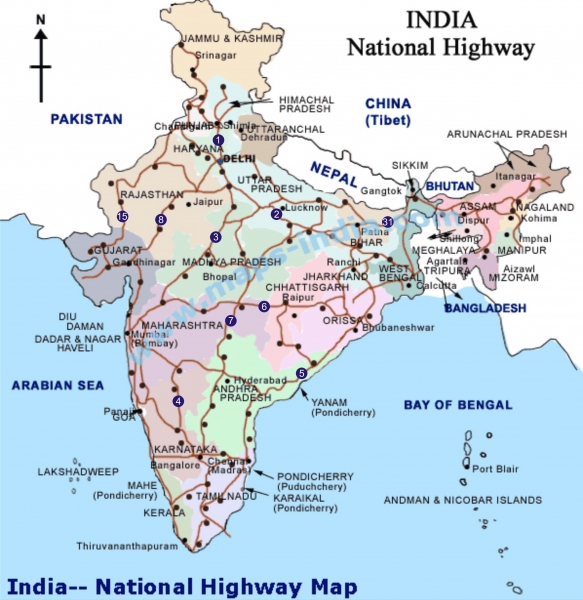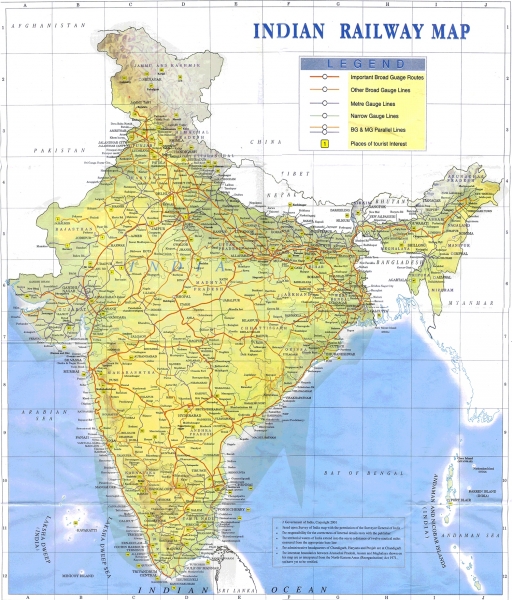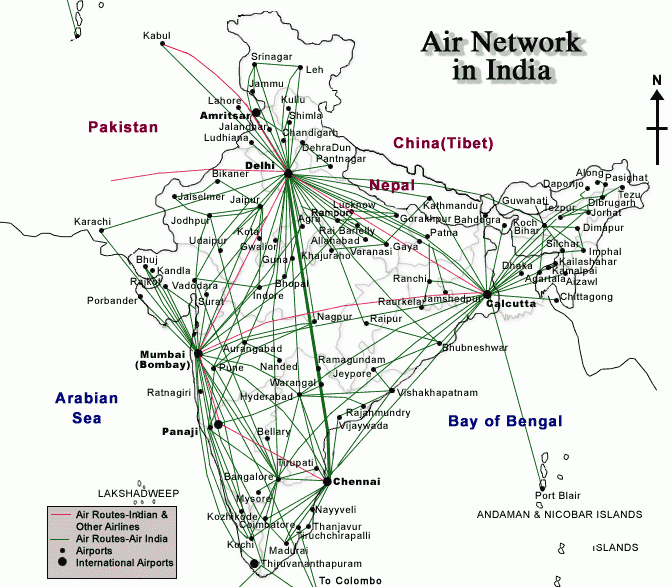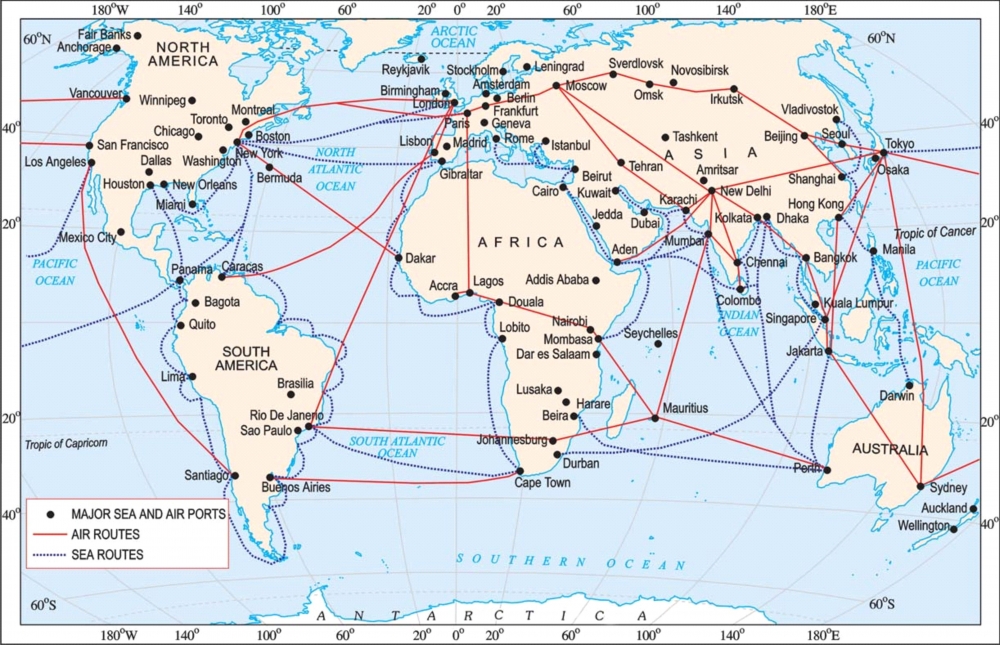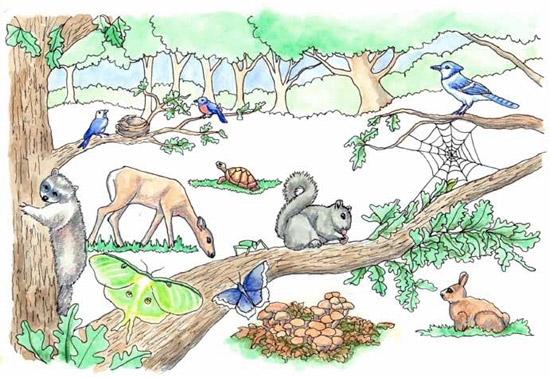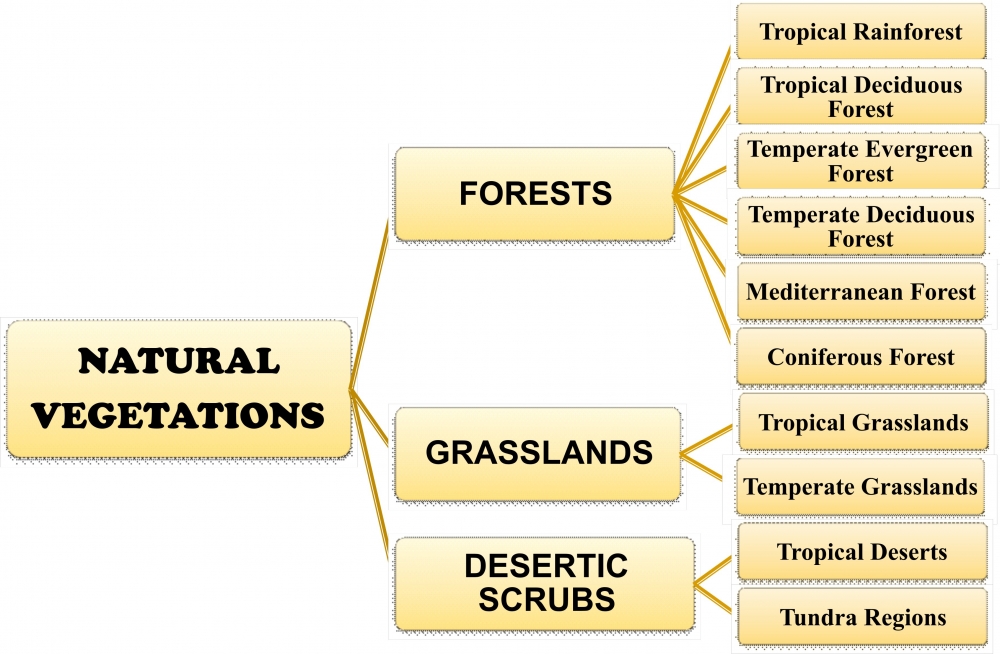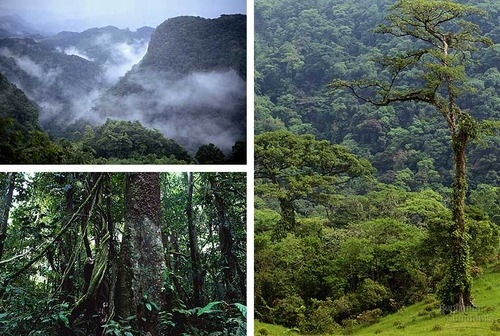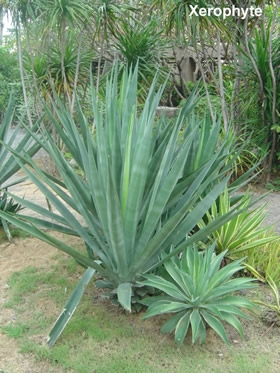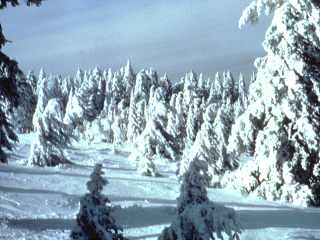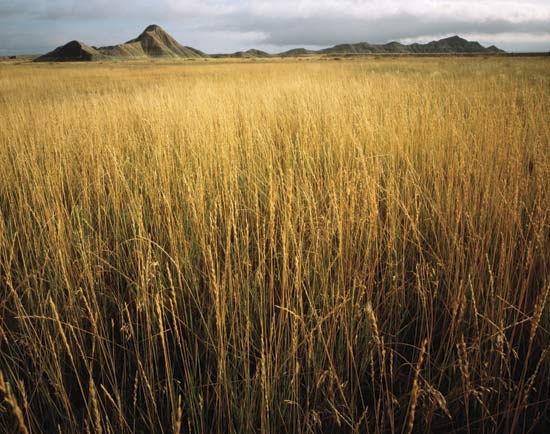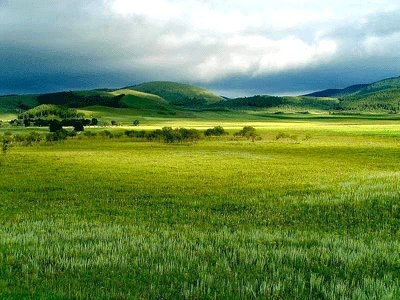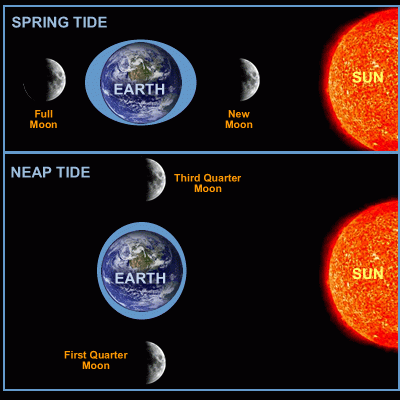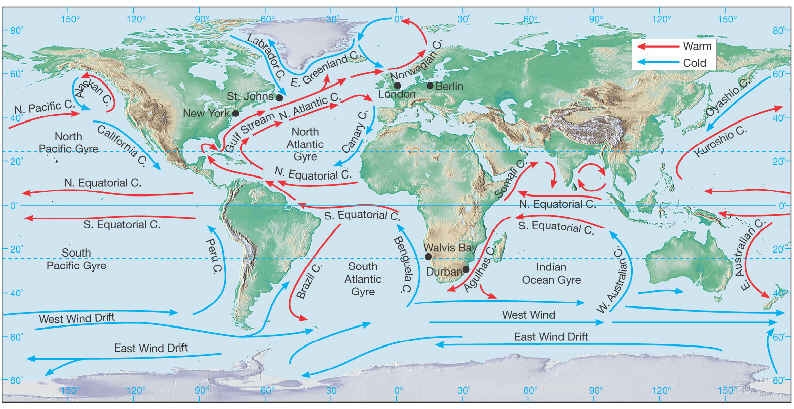Class VII: Chapter 7 (Human Environment – Settlement, Transport & Communication) Question & Answers
Very Short Answer Questions
Q1. Name the means which help to communicate with several people simultaneously.
Ans: Mass Communication.
Q2. What is compact settlement?
Ans: Compact settlements are basically found in the plains. In this type of settlement the built-up area is compact and inter-house distance is small. Here the population is more.
Q3. Write any two benefits of railways.
Ans: Following are the two benefits of railways:
(a) Railways is the fastest and the cheapest means of land transportation.
(b) Electric engines used in railways are fast and eco-friendly and don't cause pollution.
Q4. Which is the fastest but most expensive means of transport?
Ans: Airways is the fastest but most expensive means of transport.
Q5. Name any two means of personal and mass communication.
Ans: Following are the means:
(a) Personal Communication: Telephones, emails, Post, etc.
(b) Mass communication: Television, Radio, Newspaper, etc.
Short Answer Questions
Q6. Name the different types of settlements.
Ans:
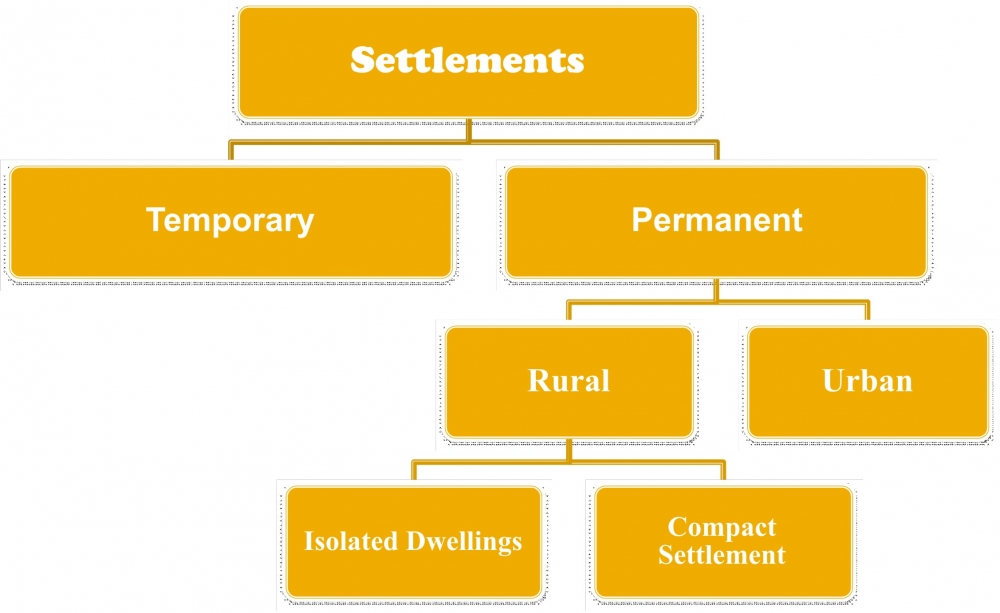
Q7. Define the term 'Communication'.
Ans: Communication is the process of conveying messages (sending or receiving) and ideas to others. With the development of technology humans have devised new and fast modes of communication.
Q8. Which developments have changed the world into a global village?
Ans. Development in the different means of communications (i.e personal and mass communication) has changed the world into a global village.
Long Answer Questions
Q9. Explain the different means of transport.
Ans: The different means of transport are:

ROADWAYS
• The most commonly used means of transport are the roads. Especially, for short distances. Roads can be metalled (Pucca) and unmetalled (Kutcha).
• Roads are the best means to link the rural and urban places across the country.
• The plains have a dense network of roads because it is easy to construct roads in plain than in the mountains.
RAILWAYS
• Railways is the fastest and the cheapest means of land transportation.
• Diesel and electric engines have largely replaced the steam engines. Electric engines are fast and eco-friendly and don't cause pollution.
• Indian railway network is well developed. It is the largest in Asia.
WATERWAYS
• Waterways are the oldest and the cheapest means of transportation to carry heavy and bulky goods from one country to another.
• Waterways are mainly of two types – Inland waterways and sea routes.
AIRWAYS
• This is the fastest & most comfortable means of transportation and also the most expensive due to high cost of fuels.
• It is the only mode of transport to reach the most remote and distant areas especially where there are no roads and railways. Helicopters are extremely useful in most inaccessible areas.
• Air Services are of two types: - (1) Domestic Airways: Fly within the boundaries of a country. (2) International Airways: Fly abroad and connects major cities of the world.
Q10. Distinguish between (i) Rural and Urban Settlement (ii) Personal and Mass Communication
Ans:
(i) Rural and Urban Settlement

(ii) Personal and Mass Communication

Q11. Why do we need means of communication? What are its two categories? What is there importance?
Ans: Communication is the process of conveying messages (sending or receiving) and ideas to others. With the development of technology humans have devised new and fast modes of communication.
Two categories of communication are: Personal and Mass Communication.
Importance of communication system can hardly be over estimated. Communication systems, such as TV, radio, mobile phones, etc, are the basic necessities' of modern society. Over the last few decades, the importance of communication is being increasingly recognized the face of in disaster and its management. A number of countries have setup Disaster Management Information System according to their needs. A good and effecting communication system can help in averting and reducing the impact of disasters.
-----x-----X-----x-----

